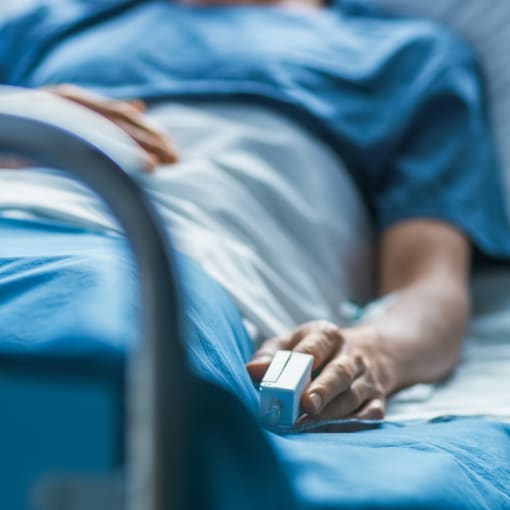Norman Regional Health System
Healthcare organization reduces hospital costs and expands patient care with mobile image management solution.

Harness the power of a unified content, process and application intelligence platform to unlock the value of enterprise content.
Learn more
Explore Hyland’s solutions by industry, department or the service you need.
Overview of solutionsIt's your unique digital evolution … but you don't have to face it alone. We understand the landscape of your industry and the unique needs of the people you serve.
 Overview of industries
Overview of industries
Countless teams and departments have transformed the way they work in accounting, HR, legal and more with Hyland solutions.
 Overview of departments
Overview of departments
We are committed to helping you maximize your technology investment so you can best serve your customers.
 Overview of services
Overview of services

Discover why Hyland is trusted by thousands of organizations worldwide.
Hear from our customers
Our exclusive partner programs combine our strengths with yours to create better experiences through content services.
Overview of partners
Find resources to power your organization's digital transformation.
Browse the resource center
Hyland connects your content and systems so you can forge stronger connections with the people who matter most.
Learn about HylandWith our modern, open and cloud-native platforms, you can build strong connections and keep evolving.
 Dig deeper
Dig deeper
Reading time minutes
Healthcare organization reduces hospital costs and expands patient care with mobile image management solution.

As part of its overall focus on clinical excellence, Oklahoma's Norman Regional Health System (NRHS) is on a mission to increase the identification of pressure ulcers, more commonly known as bedsores, at the point of admission.
Its goal is to ensure proper patient care, to track each injury over the patient's length of stay and to control hospital costs by reducing the number of sores defined as hospital-acquired. This can provide huge value to a health system given that Medicare estimates that each pressure ulcer adds more than $43,000 in costs to a hospital stay.
Historically, NRHS nurses conducted a subjective assessment at the patient's bedside to identify the progression of pressure wounds. One nurse might observe the wound, consider it improved, but a second nurse might look at the same wound and decide there had been no change. NRHS had no objective way to compare pressure wound progression. To improve this situation, they needed a solution to better identify and track pressure injuries from the moment of admission.
Through their existing partnership, NRHS was introduced to Hyland's PACS Scan Mobile — a solution designed to encrypt and send images and videos to a picture archiving and communication system (PACS), vendor neutral archive (VNA) and/or electronic medical record (EMR) directly from a smartphone, tablet or other mobile device.
After evaluating PACS Scan Mobile, NRHS determined that it was an ideal solution to enhance its pressure ulcer tracking process. NRHS installed PACS Scan Mobile in March 2019 and was surprised that the implementation was completed in a single afternoon.
Now the NRHS team captures wounds on admission with a "four-eye" check:
PACS Scan Mobile performs all of these steps securely because all photos are encrypted and no images are saved to the mobile device itself.
Simple to use, easy to train "Our inpatient team loves it, the nurses love it, the doctors love it," says Paul Jones, NRHS's clinical director. NRHS believes the implementation of PACS Scan Mobile has been crucial to improving early detection, tracking and care of the wounds. "If we can identify just two pressure ulcers at admission that would have been missed in the past, we will save the hospital more than enough to pay for the PACS Scan Mobile solution," says Jones. "Just two."
Today, NRHS is looking to expand use of PACS Scan Mobile throughout the enterprise. The initial implementation was limited to certain units but the results indicate that PACS Scan Mobile makes a difference for the health system.
— Paul Jones, clinical director, Norman Regional Health System